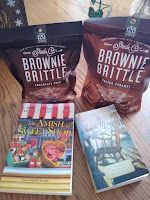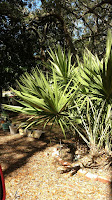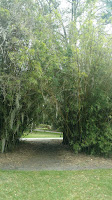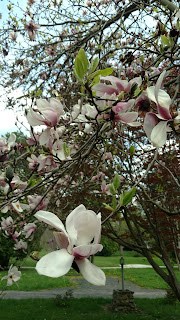Thanks for dropping by, Kylie Logan. Your new book, A Trail of Lies, sounds fascinating. Tell us all about HRD dogs. (Human Remain Detection dogs):

KL: Anyone who lives with one knows dogs are amazing. They are companions. They are confidantes. They are sometimes workers and sometimes clowns, and they can be incredibly smart . . . or not so much. They sit quietly at our sides when we read. Or they can romp like toddlers, and sometimes be just as challenging. With boundless energy and noses that can, according to scientists, detect scents 10,000 to 100,000 times better than any human nose can, dogs have become invaluable in police work, sniffing out drugs, bombs, and other contraband, and finding the lost. But it’s not only the living who sometimes need to be found.
That’s where Human Remains Detection (HRD) dogs–often called cadaver dogs–come in, dogs that are specially trained to track only the smell of human decomposition. It’s not a new concept. In fact, the first mention of a dog finding the dead was in Germany in 1809 when a court clerk, frustrated by the lack of evidence in a trial, walked his dog past the suspect’s house. The dog alerted to two bodies buried in a shed and the suspect was convicted. The modern concept of training dogs specifically to detect the scent of human death started in New York in the 1970s. Today, cadaver dogs assist first responders across the country and are handled by teams of dedicated volunteers.
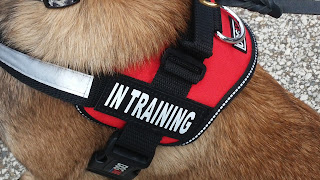
What kind of breeds make good cadaver dogs? It really doesn’t matter. Breed is not nearly as important as drive, intelligence, and ability. HRD dogs are trained to pick up the scent of decomposition as it drifts in the air, so like many hunting dogs, they have to be good air sniffers. But like hounds and other tracking dogs, they also need to track scent on the ground for those times when dead cells are shed and fall to the earth. They need to be smart enough to make decisions and to work on their own, but they also need to be loyal to their handlers and to obey commands. And they need to get used to working in all weather over all terrain, both in rural and urban settings. Death in arid conditions has a different odor than death in humid places, and the dogs need to learn the differences as well as being able to distinguish the scent of death when it comes from both above and below the ground. HRD dogs have found the dead buried as much as 30 feet under ground and some are currently being used to find burials at archaeological sites, including Roman hill forts. To help in finding drowning victims, some dogs are specially trained to detect the scent as it rises into the air from under water. For the dogs, the search isn’t as much about finding dead people as it is about the reward they get for work well done. Most handlers have a special toy for the dog and when it does its job–alerts to the presence of death–the dog is allowed to play with the toy.
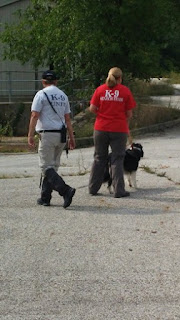
Handlers, too, go through grueling training that includes orienteering and first aid for both people and pups. Like their dogs, they are tested and certified, and they must be fit and willing to work outside in all kinds of weather. They also need to be ready to deal with whatever it is their dogs may find and part of their training includes how to secure a scene, how to make notes on the condition of the body and the area, and of course, how to contact the proper authorities. Dog and handler work as a team and provide invaluable assistance in important work, often giving the family of the missing answers and closure.
ME: Here’s a little bit about A Trail of Lies: Jazz Ramsey is just getting used to the idea that her on-again-off-again beau, Nick, might actually be a permanent fixture, when she gets an alarming call in the middle of the night from his mother, Kim: there’s a dead man in her backyard. Kim has a long history of drinking and a vivid imagination, so when Jazz’s human remains detection dog, Wally, finds no evidence of a body, Jazz thinks she can breathe easy. But when the body of a middle-aged man, Dan Mansfield, is discovered in a nearby park, and a photo of Nick and his mom is found in his pocket, Jazz has to admit that something isn’t adding up. Kim claims not to know who Dan is, but the cops find out soon enough: he’s a recently paroled convict who served thirty years for murder. And when Jazz traces his crime back to a bar fight with an antiques dealer, she ends up with more questions than answers. Meanwhile, no one wants her poking around—not Nick’s mom, nor the Motorcycle-riding ex-con she connects to Dan, nor Nick himself, who seems worried about Jazz’s safety, but also about what she might find. But Jazz has never been one to take no for an answer, and she won’t give up now—even if it means risking her own life.
You can buy A Trail of Lies in Kindle and hardcover HERE



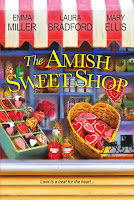
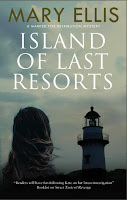
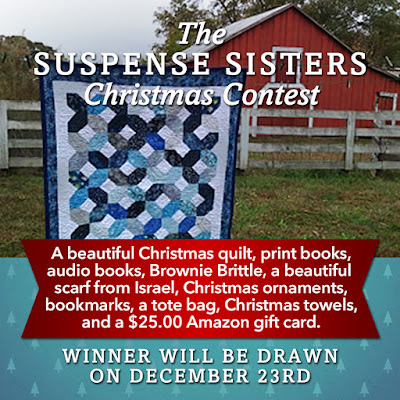
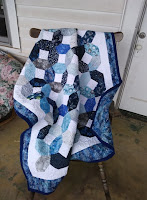 We’re giving away some truly great prizes! You can cuddle up under this beautiful quilt while you snack on Brownie Brittle, gaze at your new Christmas ornaments, and read books by the Suspense Sisters! You’ll also get some great bookmarks to keep your place.
We’re giving away some truly great prizes! You can cuddle up under this beautiful quilt while you snack on Brownie Brittle, gaze at your new Christmas ornaments, and read books by the Suspense Sisters! You’ll also get some great bookmarks to keep your place.